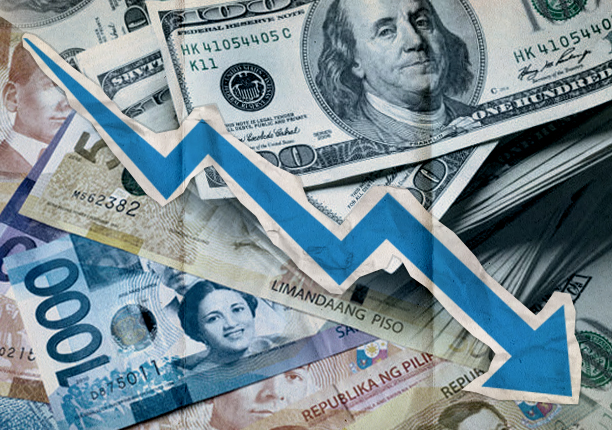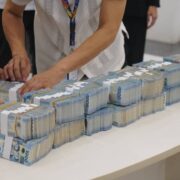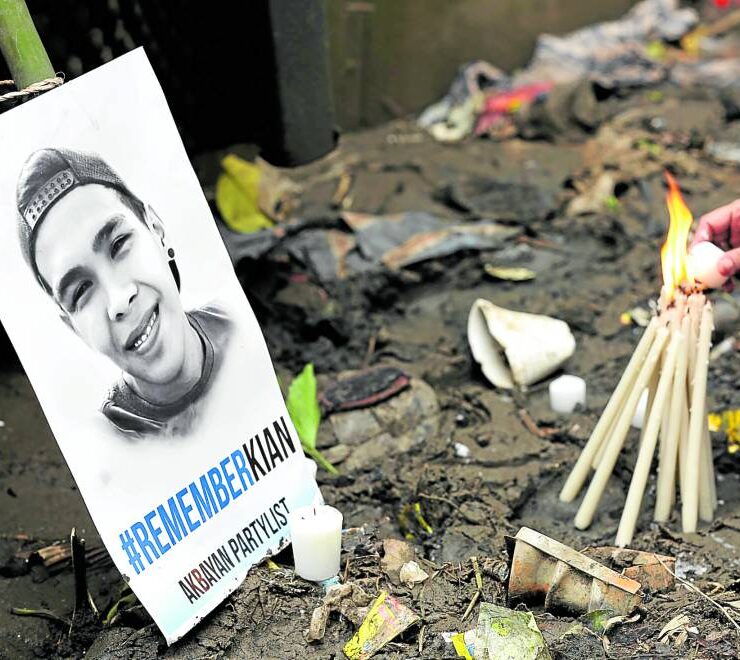PH dollar deficit hit $4.1B in Jan, widest in 11 years

The Philippines opened 2025 with a dollar deficit that was almost as big as the shortfall seen during heightened market volatility 11 years ago following the so-called “Fed tapering.”
But this time, the outflows stemmed from the need to shore up a weak peso and pay the foreign debts of the government, latest data from the Bangko Sentral ng Pilipinas (BSP) showed.
The BSP reported that the country’s balance of payments (BoP) position swung to a $4.1-billion deficit in January, marking the fourth straight month of shortfall.
Outbound funds
The BoP summarizes an economy’s dealings with the rest of the world during a certain period.
A deficit occurs when outbound funds are greater than inbound payments, resulting in fewer dollar resources that a country can use to transact with other economies. A surplus means the reverse happened.
Based on central bank data, the dollar deficit in the first month of 2025 was 5.5 times larger than the year-ago BoP gap of $740 million.
The BoP deficit was so big that it came close to the $4.48-billion shortfall recorded in January 2014. Back then, the beginning of the US Federal Reserve’s tapering of its massive bond-buying program—which was in response to the 2007-2009 global economic meltdown—stoked heightened volatility in emerging markets, including the Philippines.
But unlike before, the BSP said the large BoP gap last month was due to its “net foreign exchange operations.”
Simply put, the central bank had to sell some dollars from its reserves to prop up a depreciating peso and prevent it from fanning inflation.
External obligations
The BSP also said the government had taken out some cash from its foreign currency deposits with the central bank to meet its external debt obligations, contributing to the outflows in January.
As a result, the BSP said the Philippines’ gross international reserves (GIR)—or buffer funds that can be used in times of external shocks—fell to $103.3 billion in January, from $106.3 billion as of end-2024.
But despite the decline, the GIR remains sufficient. The BSP said the buffer funds were enough to pay for 7.3 months’ worth of imports, way above the international standard of a three-month import cover.





















